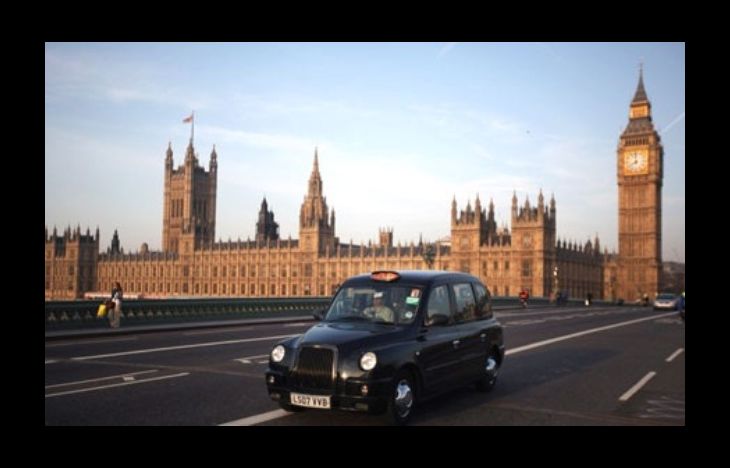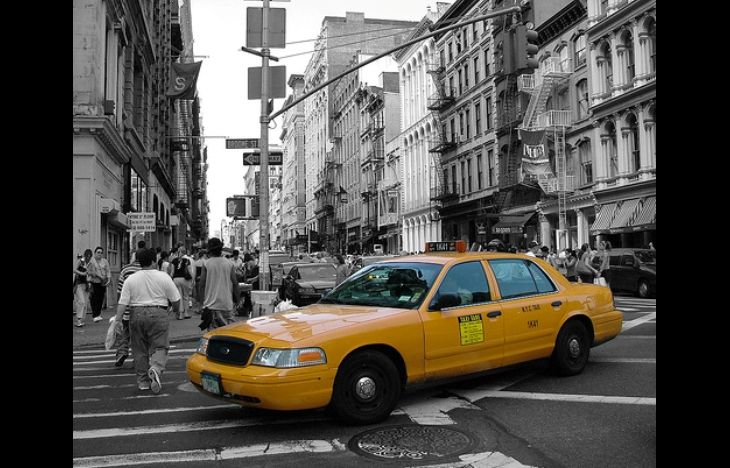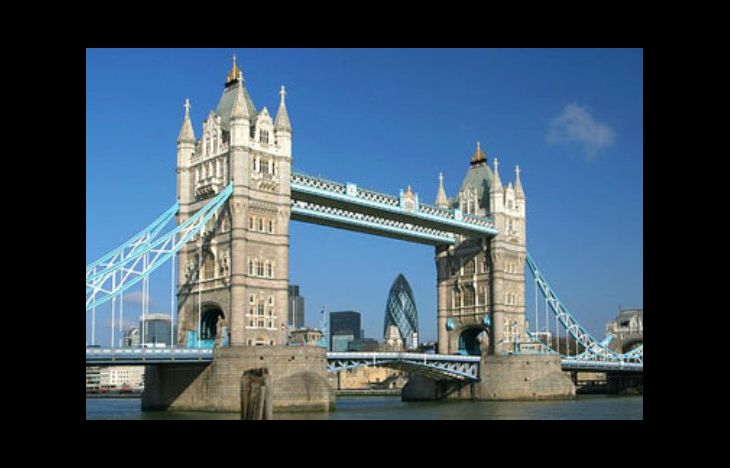What does it take to become an icon?
Published 22 October 2012
Here at Ubiquitous we like to talk about icons; we truly believe that the black cab is an icon and we go so far as to say so in our strapline, iconsonicons. But what is it we mean by this? What is it that makes something iconic and therefore worthy of more note than something that is simply famous?
Having settled on this topic for the blog, I found myself challenged to define what I believe makes an icon; I felt it was more important to try to decide this for myself first, rather than simply look it up or Google famous icons. My conclusion is that, these days, we bestow the moniker too freely and that to truly be an icon, or be iconic, requires that you stand for a well-defined set of values, and that this standing has endured over time.
Perhaps, therefore, death is one of the greatest catalysts to becoming an icon. If you are dead, you are not very well able to ruin your own reputation, and if the values that you represented are those which everyday people aspire to, such as glamour, strength or humanitarianism, even the fact that you may have ended your days in a drug-fuelled stupor fails to tarnish your image and, indeed, may even enhance it. It’s much easier to maintain your iconic status if you are dead; the photos of your life, your films or your achievements endure because people aspire to the values they represent and, over time, these values are bestowed upon you, regardless of whether you actually held them dear or not.
Therefore, I conclude that it is much harder to become an icon if you are alive and even harder to maintain that status. It is much more likely that you have simply featured in famous images of your time and that these are representative of an important moment and therefore will pass into the hall of fame as being iconic. You may have achieved iconic status through your single-minded ambition to be one, or you may have achieved it unintentionally through the accomplishment of your goals. Some people do not aspire to fame, but it’s impossible to avoid it if you achieve, innocently or not, the status of icon. This summer in London we witnessed many memorable moments in which people were transformed into famous household names: their images of triumph, pain, disappointment and compassion representing iconic moments of the Olympic Games. Over time, will those individuals become as iconic as the images in which they feature? I think not. They may change career or they may fall from grace and we might forget them; nevertheless, the values of those moments, captured for all time in an iconic image, will endure.
I have concluded that there are two more types of icon, which rely more heavily on reputation than imagery; these are brands and, by extension, services. Now I will say that the ‘services’ part is a bit woolly, but you will see what I mean in a moment. I think everyone will agree that there are some brands that stand out from the crowd, and this is not necessarily because they are market leaders, but because they have stood true to their values and have transcended the status as simple service provider to take a stake in popular culture. Virgin’s popularity as a brand in the eighties far outstripped its market size and it achieved this simply by challenging everything that our well-established long-haul airline market was built on, publically upsetting the applecart in the process. It has stood by these values ever since and people continue to love the brand for flying in the face of the establishment.
Over time, if an iconic brand has embedded itself in social culture, it needs nothing more than a visual trigger to bring a clear set of values to mind: the Nike swoosh, the Apple logo, the shape of the Fiat 500, the golden arches. When all that a brand requires to maintain its presence are visual triggers then it has triumphantly connected with culture, has delivered on its promises and has won hearts and minds. It has become an icon of the values that it stands for and is so powerful that other brands want to be associated with it, as do people.
Which brings me neatly back to the black taxi and my ruminations about why this service, which has in itself become a brand, is considered to be an icon of Great Britain. My conclusion is that the black cab itself stands for a well-defined set of values that transcend the trusted and knowledgeable service provided and that these deep-felt values have endured over the years.
Yes, cabs are expensive and, yes, the iconic shape has changed (and will continue to do so), but this global reputation as the best cab service in the world and the vehicle’s status as London’s most iconic form of transport demonstrate that the icon which is the black cab is greater than the sum of its parts and represents values that are attractive to advertisers, whether they’re already icons or not.
Icon: ‘a person or thing regarded as a representative symbol, or as worthy of veneration’ (OED)
WATCH OUR LATEST VIDEO: The Black cab, 2012 Global Icon.



